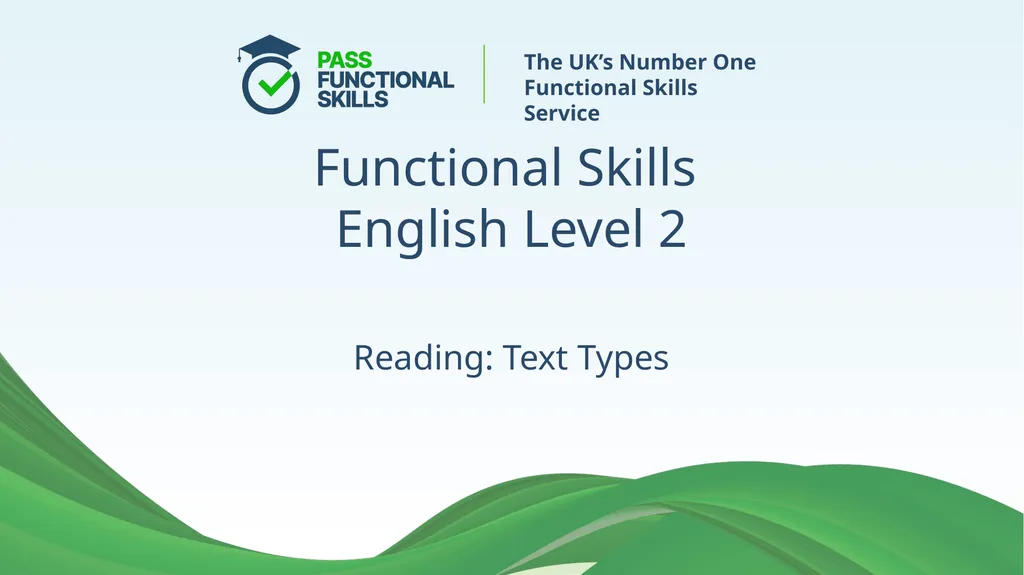
Author : test | Published Date : 2025-05-22
Description: Functional Skills English Level 2 The UKs Number One Functional Skills Service Reading: Text Types Lesson Overview Learning Objectives: After this lesson students will be able to: Understand why writers use different type of texts IdentifyDownload Presentation The PPT/PDF document "" is the property of its rightful owner. Permission is granted to download and print the materials on this website for personal, non-commercial use only, and to display it on your personal computer provided you do not modify the materials and that you retain all copyright notices contained in the materials. By downloading content from our website, you accept the terms of this agreement.
Here is the link to download the presentation.
"Functional Skills English Level 2 The UK’s Number"The content belongs to its owner. You may download and print it for personal use, without modification, and keep all copyright notices. By downloading, you agree to these terms.













